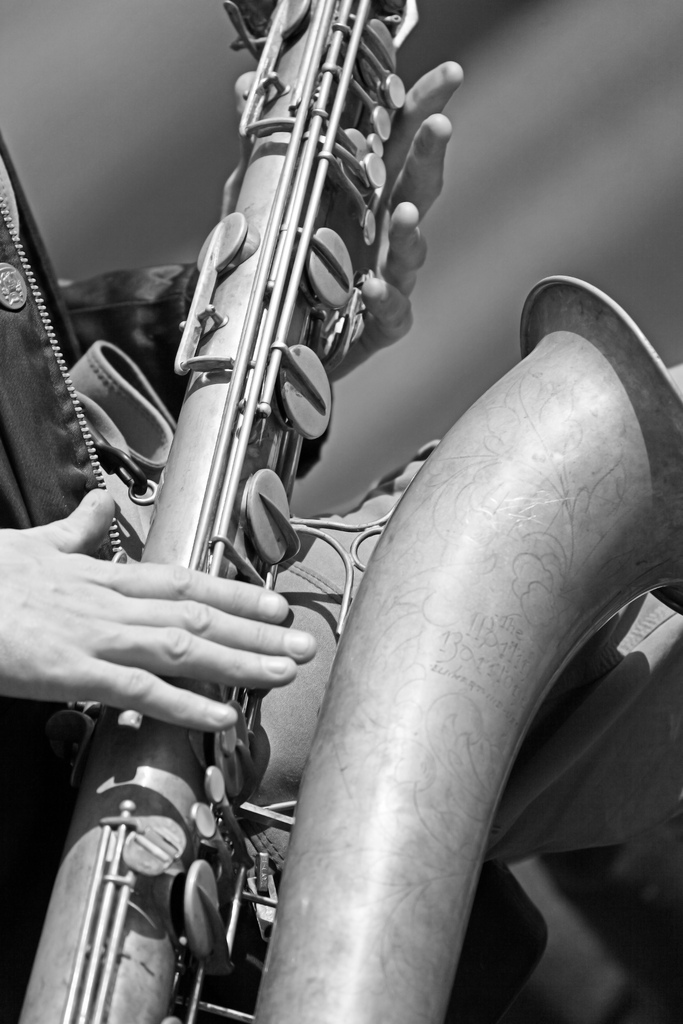I saw this great photo of a Martin baritone and was struck immediately by 2 things: 1) It’s a great shot that looks much better in black and white than it would in colour, and 2) I don’t have a Martin baritone. :devil1:
The Keys
Photography by Ian Sane™ Source: Flickr
I want to try my hand at some more b&w photography. I recently did up our new band photo in Photoshop using some settings that are supposed to reproduce the authenticity of true b&w photos. It turned out quite good, but there are some other settings I’d like to try out as well. Who knew that there were so many choices when it came to b&w? :scratch:
Things were so much easier when all you had to do was buy black and white film for your camera.
Oh, did I confuse you just now? A film camera is one of those quaint, antiquated machines that people used for about 100 years. It required you to wait to see your images until your film was developed. Sometimes that could take up to a week. 😯 😉





I often play with the sepia filter. There are still some freaks who only use film, no digital for them. I hated the cost, chemicals, and waste. Now I can take 100 pictures to find those two or three that are keepers.
Film still has its niche, but it’s a very limited one. Right now, CCDs just aren’t sensitive enough to be able to handle the same low-light levels as the fastest high speed film, especially film that has been “hypered”.
http://mypeoplepc.com/members/patminton/astrometric_observatory/id16.html
You can doctor up the data coming off a CCD all you like, but it can’t get around noise issues. The only answer is to make them bigger, but of course most cameras do just the opposite and make them smaller for both portability and cost reasons.
Your knowledge of the obscure never ceases to amaze me Mal-2! Thanks for that link. It was a fascinating read. I had never heard of hypersensitizing film before, but now it explains how some of those photos I’ve seen of space have come to be.